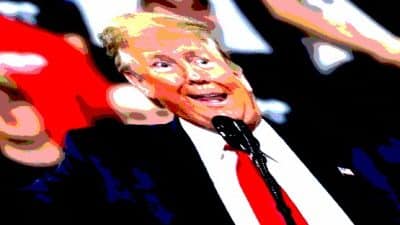
Congress is hustling to wrap up work on a massive $2 trillion relief bill – the largest stimulus package in U.S. history. But will it be enough?
“Two trillion dollars is about 10 percent of gross domestic product, or GDP. That’s huge, but whether it’s enough is tough to say,” said Derek Klock, a professor of practice of finance in the Virginia Tech Pamplin College of Business. “If we get through this by late May or early June then government might not even need to spend that. If this goes on four to six months or we reopen too soon and have an ‘echo’ spread this fall, it won’t be enough to do the same level of support again.”
The package is designed to rush financial assistance to Americans through direct checks to households.
“It will help by allowing a broad cross-section of Americans, whose spending represents over 65 percent of the economy, to pay bills on time, or at least not have to make tough choices on which bills to pay in any given month,” said Klock. “This is really important and not talked about much. Bill payment is very important to the health of the financial system. If credit cards, mortgages, or autos loans remain unpaid for extended periods of time, they are deemed non-performing. This means that banks must hold additional capital against potential default. This, in-turn, reduces the bank’s capacity to lend, which is what leads to a credit crunch that monetary policy is attempting to avoid.”
Other aspects of the stimulus set to be voted on include:
- $367 billion for loans to small businesses. “This provision is super important – maybe the most important. So many people are employed by small businesses and yet small businesses don’t have an alternative method for financing,” according to Klock. “All of the monetary stimulus from the Federal Reserve reducing the federal funds rate, easing bank reserve requirements -are aimed at encouraging banks to lend.”
- $150 billion for hospitals. “Hospitals are going to come under extreme pressure to diagnose and treat victims of the virus and the administration has repeatedly indicated that they don’t want the financial burden of this to be on the shoulders of Americans,” said Klock. “How exactly this fund will assist is yet to be determined but it should at a minimum help hospitals defray the costs of building out systems, building temporary shelters and testing locations, and ramping up bed space to house, test, and treat the ill.”
Regarding President Trump’s call to re-start the economy in early April, Klock said: “I would tend to agree with the medical experts that the country is most likely looking at a longer period of self-isolation-driven closures, but understand the president’s desire for upbeat outlooks. One middle ground that might be discussed is targeted reopening of geographic areas that seem to have the virus spread under control. However, this will greatly depend on the American people to act very prudently with any potential illness.”










